Getting a solar system without a solar battery no longer makes sense. Installing a solar battery in your home provides greater energy independence, frees you from blackouts, and potentially saves you a tonne of money in electricity bills.
Still learning about solar batteries? Here are answers to some of the common questions we’re asked. We've also linked articles that provide additional educational content on solar batteries.
Why should I get a solar battery?
The reasons you should get a solar battery are a decline in the value of feed-in tariffs, greater energy independence, and to save money on electricity bills.
Feed-in tariffs
Feed-in tariffs are the payment you receive for each kWh of energy you send to the electrical grid. Household solar systems that don’t have a solar battery can’t store the excess solar energy generated during peak times, so they have to send it to the electrical grid. In the early days of solar, feed-in tariffs were high, meaning that a household received enough cashback during peak solar energy generation periods to cover the cost of pulling electricity from the grid in the evenings.
In 2025, feed-in tariffs are as low as 3 cents between 9 pm and 3 pm. This means that households aren’t making enough to cover the cost of the electricity they pull from the grid, leading to a household’s electrical bills remaining high.
Read our article about feed-in tariffs.
A solar battery means energy independence.
Installing a solar battery means that even when your solar energy generation is low because it’s the evening or cloudy, you’ll be able to power your home with the energy stored in your battery. Additionally, as the cost of electricity continues to rise nationally, you’ll save big by not having to pull your electricity from the grid; after all, solar energy is free!
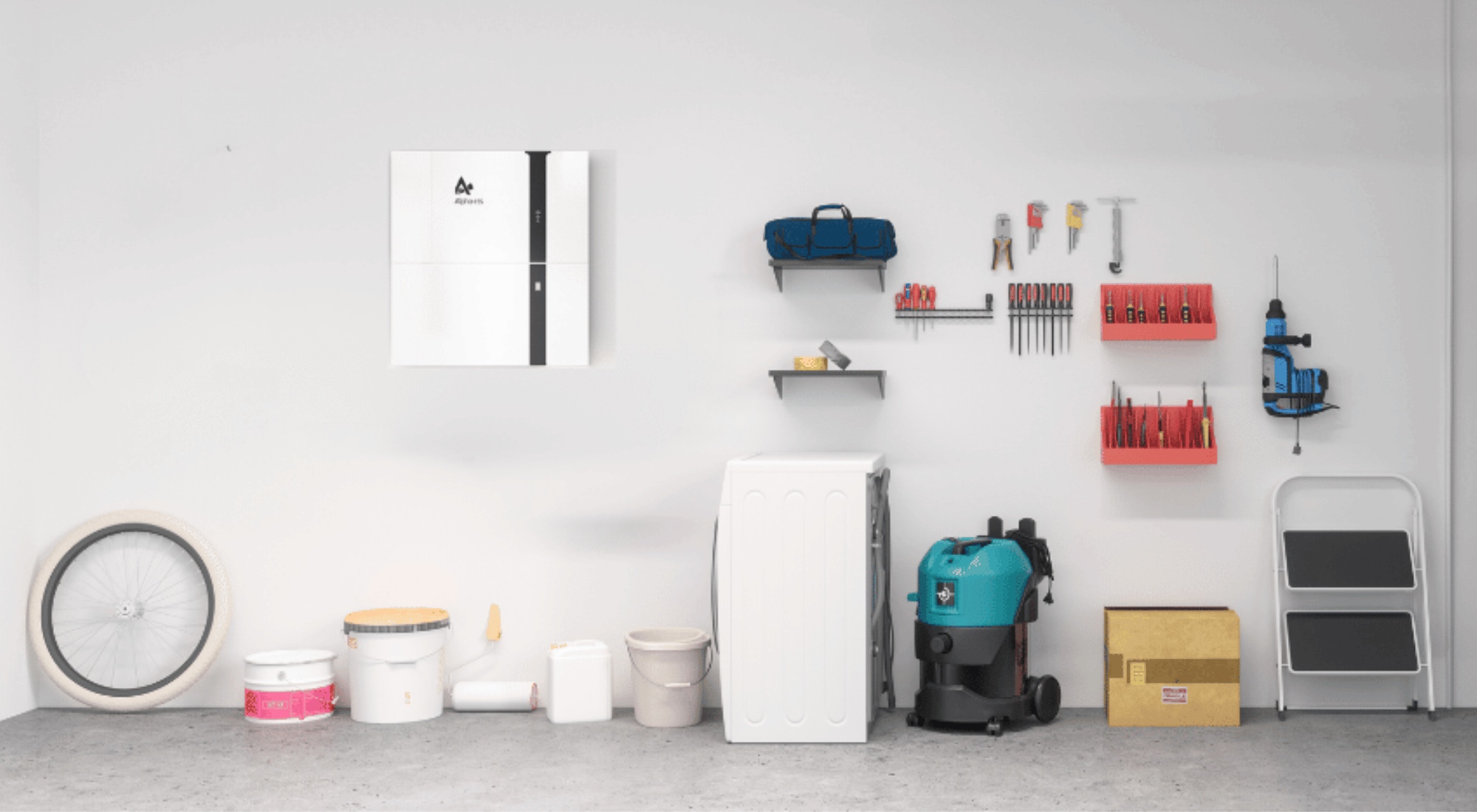
What size solar battery do I need?
The solar battery size you will need depends on your energy consumption, budget, and roof space. How many solar panels you have installed directly influences what size solar battery to purchase.
You need to ensure you get the right-sized solar battery for your home. If you get an undersized battery, you won’t be able to store enough solar power to power your home for a meaningful amount of time. On the other hand, getting an oversized solar battery would mean that you’ve paid for a battery able to hold more solar energy than you can generate.
To avoid getting a solar battery that is too small or too large, you need to calculate for specific needs. Some factors that impact what size solar battery you’ll need are your overall energy consumption, the number of solar panels, and your budget.
Read our article What Size Solar Battery Do I Need? for a detailed analysis of calculating the optimal solar battery size.
How much are solar batteries?
Solar batteries can cost anywhere between $4,000 to $20,000. The cost of a solar battery varies depending on capacity, cycle life, and depth of discharge, among other factors. There’s also the cost of an inverter to consider, as solar batteries need a dedicated inverter (preferably a hybrid inverter). Some solar batteries will come with a built-in inverter, and some you’ll need to purchase separately, adding to the overall cost. You also need to remember that installation is an additional cost on top of the price of the battery.
Partnering with Plico is a little different – we’ve disrupted the solar industry with no big upfront costs and just one low weekly fee. View our Products & Pricing for more information.
Read our article How Much are Solar Batteries? for a comprehensive discussion of solar battery costs.
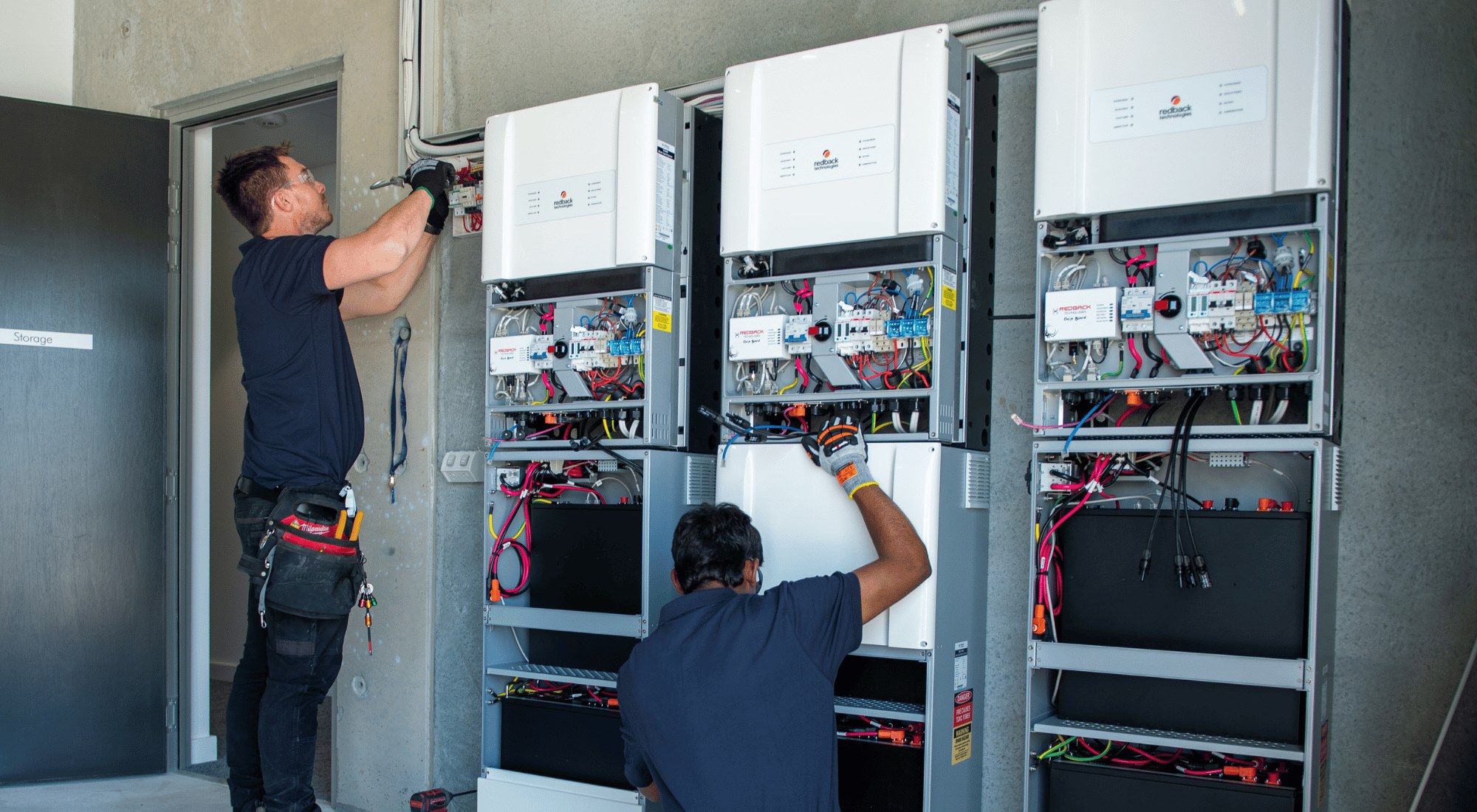
What type of solar battery should I choose?
The majority of solar + battery systems incorporate a lithium-ion solar battery. Lithium-ion solar batteries dominate the market because of their versatility, durability and longevity. They have some of the highest cycle lives and are used in small-scale and large-scale systems.
Other less common solar battery types are lead-acid, flow and hydrogen.
Learn more by reading our article on the different types of solar batteries.
What is the difference between lithium iron phosphate (LFP) and nickel manganese cobalt oxide (NMC) solar batteries?
Lithium Iron Phosphate (LFP) and Nickel Manganese Cobalt Oxide (NMC) are two popular types of lithium-ion batteries used in solar battery storage systems. They differ in chemistry, performance characteristics, and specific use cases:
Safety: LFP batteries are considered safer, more resistant to thermal runaway, and have higher thermal stability. Meanwhile, NMC batteries are relatively more prone to thermal runaway and can suffer issues from overheating.
Chemistry: LFP batteries use lithium iron phosphate as the cathode material, while NMC batteries use a combination of nickel, manganese, and cobalt.
Energy density: LFP batteries have a lower energy density, making them bulkier and heavier than NMC batteries, which offer higher energy density in a given size or weight.
Cycle life: LFP batteries typically have higher cycle lives and longer lifespans than NMC batteries.
Cost: LFP batteries are generally cheaper due to less expensive and more accessible materials, while NMC batteries are expensive because of the higher cost of nickel, cobalt, and manganese.
Overall, in solar + battery systems, LFP batteries are preferred for safety, longevity, and cost-effectiveness. Plico’s systems currently use two different types of solar batteries, both of which are LFP batteries. We’re a technologically-agnostic company, meaning that we’re continuously reassessing and ensuring we’re providing members with the best equipment on the market.
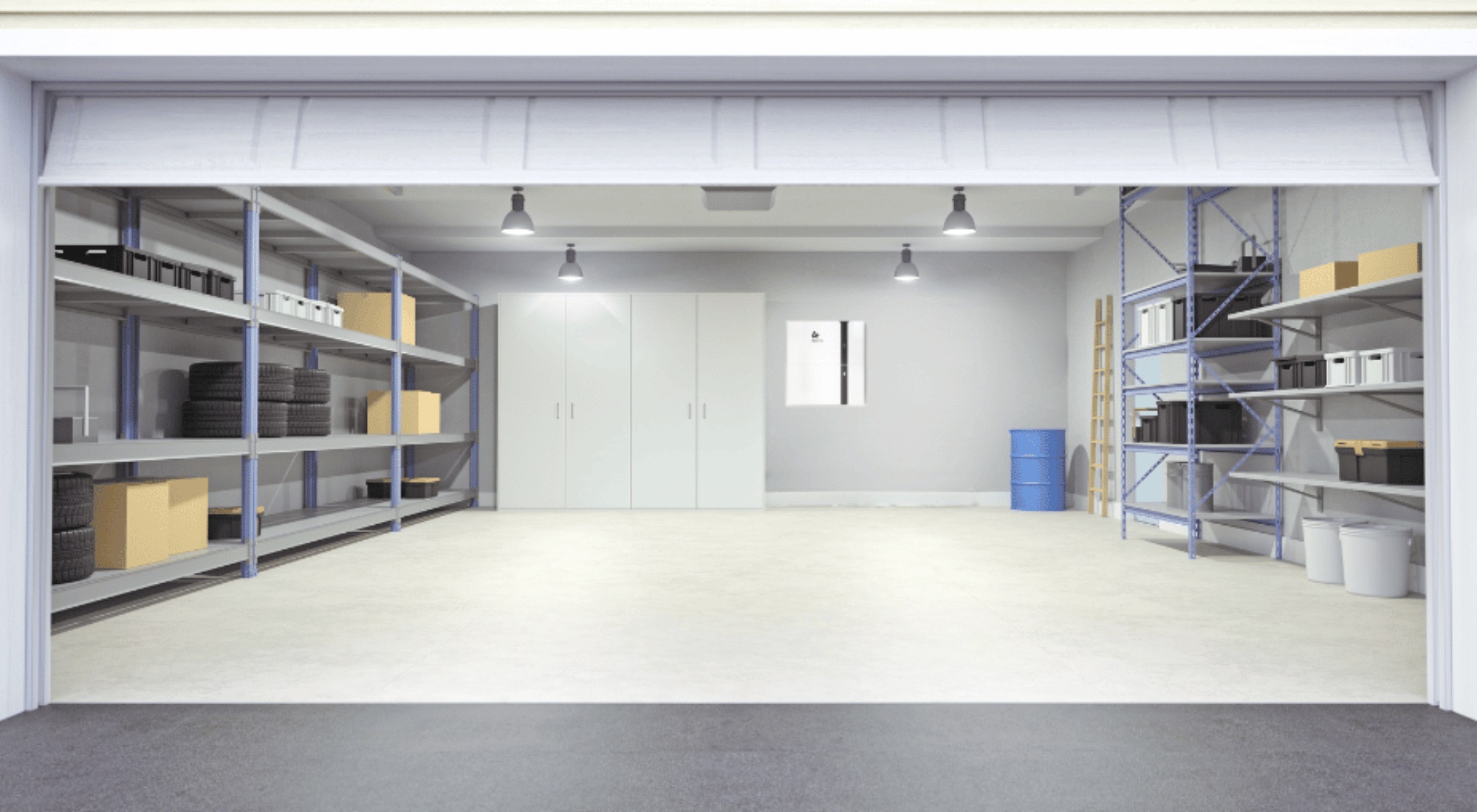
What should I look for in a solar battery?
The essential categories that separate an elite solar battery from an average one are capacity, power, depth of discharge, round-trip efficiency, lifespan, and cost.
Capacity
A solar battery’s most important factor is how much energy it can store. The capacity of a solar battery is measured in kilowatt-hours (kWh), and you want to ensure it matches, on average, the amount of energy you would have otherwise exported.
Power
The power of your solar battery is how much electricity it can output at once. A solar battery will have two types of power ratings: continuous power and peak power. Both power ratings are measured in kilowatts (kW).
Continuous power is the amount of electricity a solar battery can continuously supply. An example would be running an appliance like a fridge.
Peak power is the total power your solar battery can output at one time. Peak power is useful for appliances that need a lot of power to get going, such as an oven or washing machine.
For solar batteries, both continuous and peak power are important, so you don’t want to privilege one over the other. Fortunately, plenty of quality lithium-ion batteries on the market have excellent continuous and peak power outputs.
Depth of discharge (DoD)
Depth of discharge is how much of a solar battery’s capacity can be used without degrading the battery’s health. For example, Pylontech’s US3000 has a DoD of 90%, meaning it can discharge 3.2 kWh of 3.55 kWh for each stackable unit (maximum capacity is 25.6 kWh from 28.4 kWh).
Round-trip efficiency
A solar battery’s round-trip efficiency is how efficiently the battery can store the solar energy your solar panels generate. Solar energy is always lost in transfer, but particular solar batteries are more efficient in retaining energy. For example, if a solar battery’s round-trip efficiency is 85%, that means that for every 10 kWh of solar energy pushed its way, the battery stores 8.5 kWh.
Lifespan
Solar batteries have a lifespan of between five to fifteen years. A solar battery’s lifespan varies depending on the battery type and is integral to getting the most for your money. Unless you’re partnering with Plico and paying one low weekly fee, solar batteries can pose a high upfront cost. Make sure you research and find warranty details, reviews, and any other contextual information that indicates the average lifespan of your prospective battery choice.
Read our article How Long Do Solar Batteries Last? for more information.
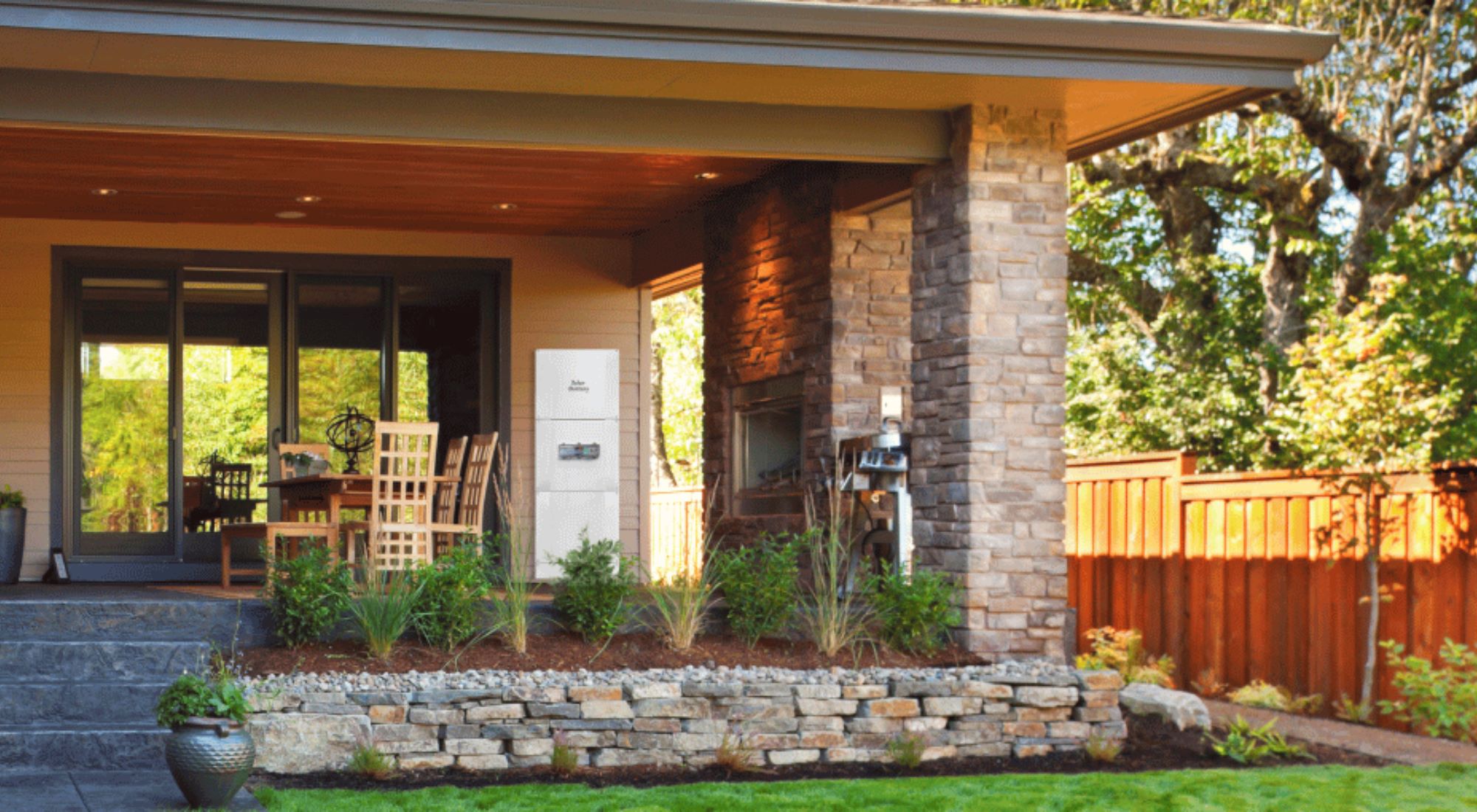
How do solar batteries work?
A solar battery stores the energy generated by the system’s solar panels. This is more complex than it sounds, with a battery needing a designated inverter to change the electrical current each time it discharges. Here is the process of how a solar battery works.
- Sunlight beams down on your solar panels.
- Solar panels absorb the sunlight and create direct-current (DC) power.
- DC power is pushed to the solar inverter.
- Solar inverter converts the energy to alternative-current (AC) power (so that it can be used by your household appliances).
- AC power is sent to the switchboard.
- Switchboard directs the electricity to household appliances.
- Solar energy excess goes to the solar battery without being converted to AC power.
- Solar panels aren’t producing enough energy to meet the electricity demands, so the solar battery sends energy to the inverter.
- Inverter converts the DC power into AC power.
- Switchboard sends the electricity to the required appliances.
- Solar battery becomes empty, and the property pulls energy from the grid.
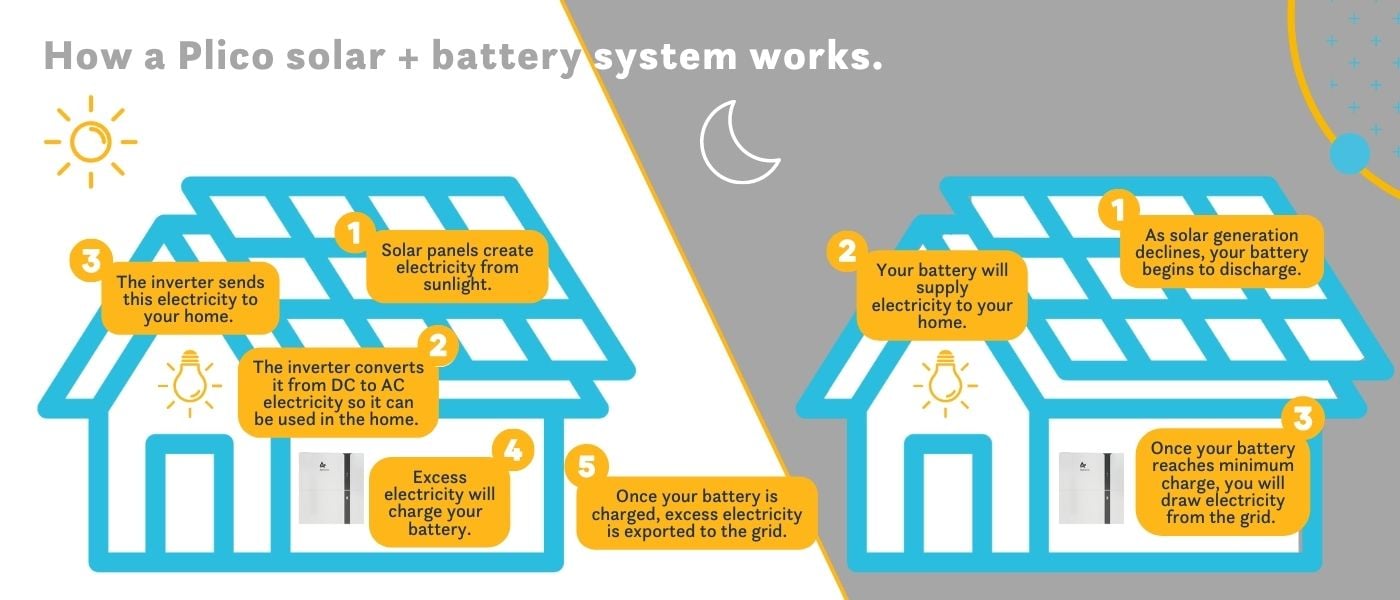
Read our article How Do Solar Batteries Work? for more information.
What is a community battery?
A community battery is a solar battery that is installed and connected to multiple houses in a neighbourhood. Households can store their excess solar energy in the community battery, pooling it together and accessing the power when needed. Community batteries are seeing increasing government support and adoption is growing.
Read What are Community Batteries? to learn about the future of shared batteries.
Should I get a community battery or a household battery?
Community batteries are an exciting prospect in the future for households who can’t afford to purchase a solar battery. However, having the energy independence of your own solar battery is preferable. Community batteries will likely be a subscription-based payment model. But if you partner with Plico, you can own a solar battery and only pay one low weekly fee.
Can a solar battery charge my electric vehicle?
A solar battery can charge your electric vehicle (EV). You just need to ensure you’re generating enough solar power with the right-sized solar + battery system.
Electric vehicles have risen to prominence because they’re more environmentally friendly than petrol and diesel cars. However, the electrical grid is powered by coal and gas power plants, so charging an electric vehicle with power from the grid harms the environment. A solar + battery system is the only environmentally friendly way of charging an EV, and a solar battery will allow you to charge your EV even when the sun isn’t out.
Learn more by reading our articles on charging an EV with solar and how much it costs to charge an EV.
What household appliances can I run with a solar battery?
Your solar battery can run all your electrical appliances with solar power. A solar battery is the cheapest way to power your home when it’s evening or overcast, and your solar panels cannot generate the required electricity. The best time to run appliances with solar power is during peak generation times. The optimal solar window is 10 am - 2 pm. However, some appliances will need to operate outside this period, and that’s where your solar battery will help.
We break down powering your home appliances in our article What Appliances Can be Run on Solar Power?.
Does a solar battery work in a blackout?
Solar batteries work in a blackout or power outage if they have blackout protection. Blackout protection is a feature that allows batteries to feed power into your house without a grid connection.
If you only have solar panels and a solar inverter, your system won’t be able to provide backup power to your home - you need to have a battery to continue to power your home through an outage.
For more information about batteries and blackouts, read our article Can you use Solar in a Power Outage?
How long do solar batteries last?
Solar batteries usually last between 5 to 25 years, although this depends on a number of factors, such as what type of battery, how it was installed and the environment it’s kept in. Regular maintenance is likely to prolong the life of your battery.
All solar batteries should come with a warranty, although the duration will vary, according to battery type. Your battery’s prospective lifespan is one of the most important things to consider when choosing a system. Read our article How Long do Solar Batteries Last? And what Impacts their Lifespan? for more information.
Can solar batteries be recycled?
Solar batteries can be recycled, making them an even more sustainable source of power. Some of the materials contained within solar batteries, such as chemical cells, can be harmful to the environment if they end up in landfill. But the good news is most solar battery types are at least partly recyclable. Read our article Can Solar Batteries be Recycled? to learn more about the process.
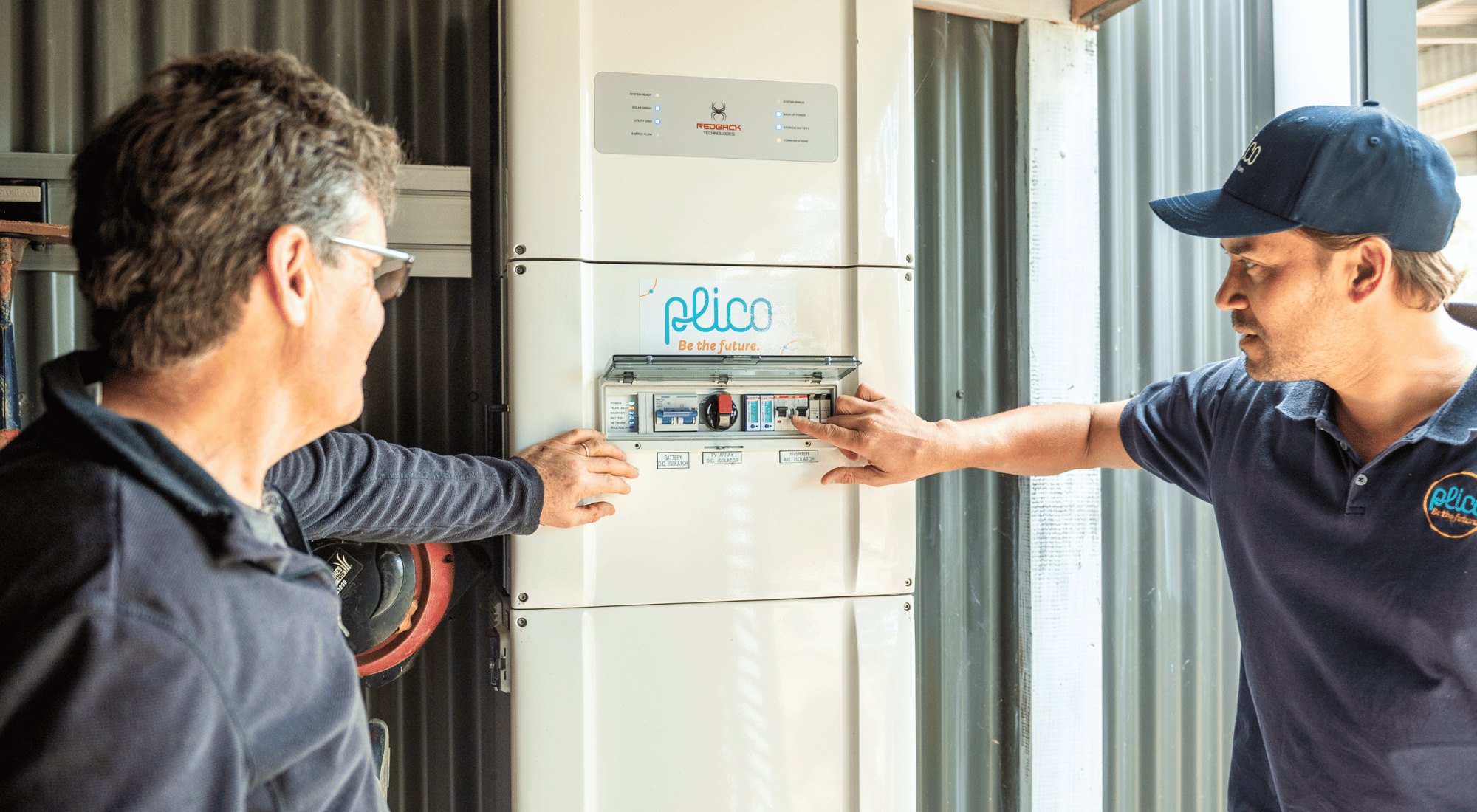
Why is my solar + battery system drawing from the grid?
Your solar + battery system covers a majority of your energy requirements. However, it still uses the main electrical grid as a backup when needed. Understanding when and why your system draws from the grid is the first step toward getting the most out of your Plico system. Factors like solar generation, energy demands, and inverter capacity all play a role in how your system operates. To understand more about how your solar + battery system uses energy, read our article on why (and when) you’ll draw from the grid with a solar battery.
What is the best way to clean solar panels?
A Solar panels get dirty, just like other home appliances. Being exposed to the elements and natural substances like dust and salt can affect your panel’s performance. That’s why it’s best to keep an eye on the condition of your panels and have them cleaned by a professional when necessary. This is especially important during the hot summer months, or if you live in a coastal area with sea breezes.
To find out what causes dirt build-up on solar panels and how to keep them clean, read our article on the best way to clean solar panels.
Why won't my solar panel charge by battery?
If your solar battery isn’t charging properly, it can have an affect on your solar system performance. Inverter malfunctions, wiring, and solar panels faults could all be reasons why your battery isn’t charging. If you think your panels aren’t charging your battery, check either the battery inverter or hybrid inverter, depending on your system. Once you’ve determined whether or not it’s charging, it’s time to find the root of the issue.
Enlisting the help of a licensed installer is always the best way to deal with solar system failures. Luckily for Plico members, you get 10 years of support from our expert team.
Learn more about why your solar panels won’t charge your battery to understand how you can make the most of your solar system.
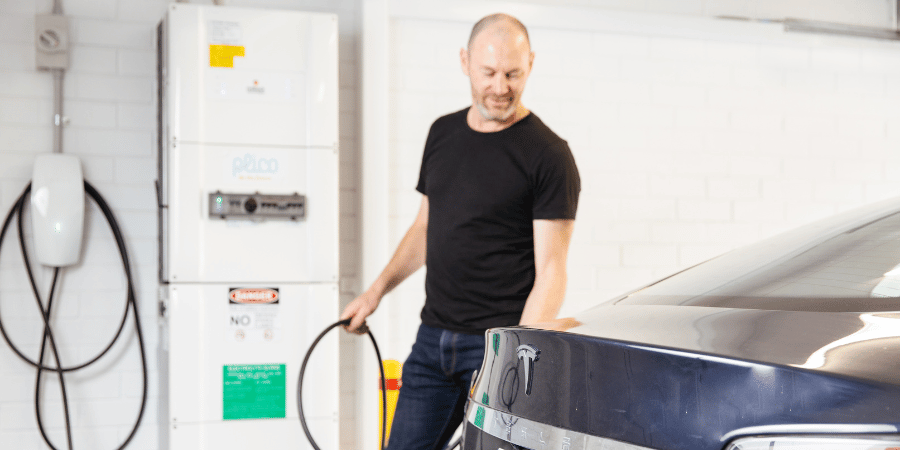
When is the best time to install a solar + battery system?
Winter is a great time to install a solar + battery system because demand is at its lowest. This means the likelihood of long wait times and supply shortages decreases significantly. You might be wondering whether you can reap the rewards of your system during winter, and the answer is yes. Contrary to myth, solar panels work perfectly well in the winter months, so as long as there’s sunlight, your system is good to go.
With Plico, you have access to top-of-the-range solar + battery systems all year round. Learn more about the best time to install a solar + battery system in our article.
How does solar + battery work with 3-phase power?
Your In a 3-phase power system, three wires deliver solar power at a consistent voltage. This works perfectly well with solar + battery systems as long as they have special inverters and cables that can tolerate the power loads. If you have 3-phase power at home, that means you can install a 3-phase or single-phase solar + battery system – you just need to do your research.
That’s where Plico comes in. We know both single and 3-phase systems have their pros and cons. That’s why we offer both setups, along with switched-on team members who can help you determine which system is best for your home. Find out more about how solar + battery works with 3-phase power in our article.
Where is the best location to install a solar battery?
Solar batteries can be stored both indoors and outdoors, depending on your household and the kind of battery. Most batteries come with manufacturer instructions or other guidelines that indicate the best place to store them. Batteries should be as close to your solar panels as possible, with plenty of ventilation to ensure optimal function.
When it comes to the great outdoors, there are a number of factors like heat, moisture, and dust to keep in mind. Knowing where to store your solar battery can help you make the most of your system and enjoy all the benefits of fully functioning solar power. That’s why Plico has written a handy article on the best location to install a solar battery.
What our Members Say
Solar battery articles
Keep up-to-date with the latest in solar battery technology.

